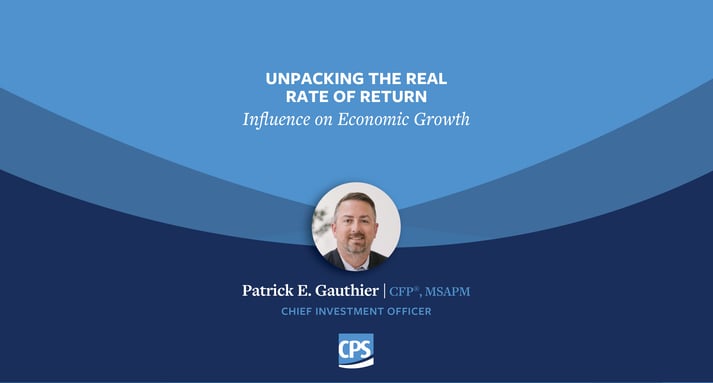What is a Correction?
You have likely noticed a headline or two alluding to stock market corrections, or even recessions, in the last few weeks. Around the time markets make a downturn, the conversation will inevitably pop up. It is important to know what a correction is, and that it is a normal, healthy part of the market cycle.
A correction is commonly referred to as a decline of 10% or more in the price of a security, or an index such as the S&P 500 or Nasdaq, from its most recent peak. The decline need not last long, but merely touch that 10% down point to be considered a correction.
Is this a rare event? Should we sell our profitable businesses and hold cash while the market “crashes”? Certainly not. Corrections occur every two years on average. Looking back at stellar returns during 2019, 2020 and 2021, it is not surprising to see a correction early in 2022.
We Know How to Define a Correction, but What Does it Mean?
Merriam-webster defines a correction as both “the action or an instance of correcting: such as amendment, rectification”, and “a bringing into conformity with a standard.” Given that context, it sounds more reasonable, almost positive.
Are the markets correcting for previous errors? We could easily point to the excesses of day trading, meme stocks, stay-at-home-plays, etc. as examples of the market running a bit wild as of late. (A quick search reveals several headlines discussing those same day traders losing all their profits this past week). The reality of multiple trillion-dollar companies would have seemed farfetched even a few years ago.
Could the market simply need to bring itself back into conformity with historical standards? We are constantly measuring successes against all-time highs and record profits. The idea that profits and prices can grow unchecked in perpetuity simply defies historical lessons. Market corrections typically highlight areas where investors ignored prudent risk management. Think: the tech bubble in 2000, housing crisis in 2008. When speculation hits the end of its leash, it is normally corrected.
Today’s correction is more about revised expectations. As companies report earnings, they will also provide full year projections for things such as revenue, earnings, profits, and dividends. As economic factors evolve, (i.e., inflation, energy prices, geopolitics), projected financial results will adjust. Many companies are reporting strong earnings for the first quarter, with a side of lowered expectations for the rest of the year. This doesn’t mean they expect to lose money or go out of business. It simply means they are tempering expectations. A dose of moderate expectations is not a bad thing for a market that produced double digit returns five out of the last six years.
What is a prudent investor to do? Ask yourself, and your fiduciary, if your plans have changed. Is your lifestyle changing? Have your needs and wants changed since market highs last year? Your plan for building wealth never included a constantly rising market. Every projection your planner discusses includes the likelihood that markets will correct on a regular basis. Review your plan and your priorities. The market is only one piece of the financial planning puzzle.







